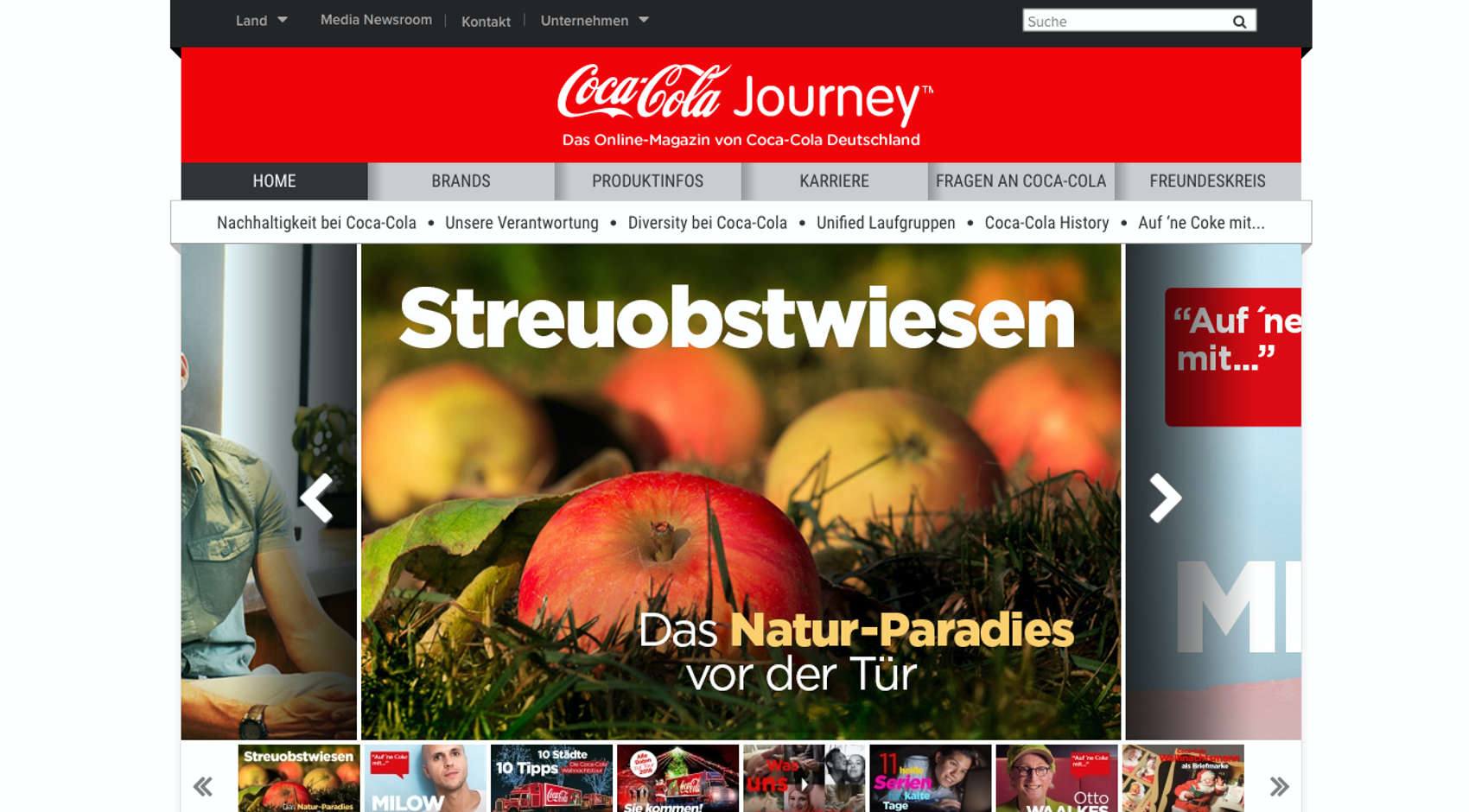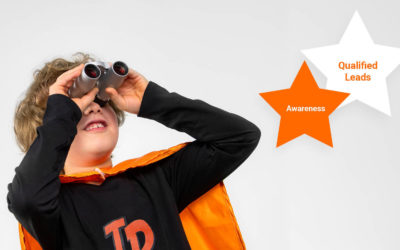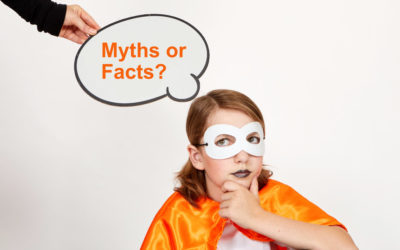Coca-Cola intends to completely change its communication strategy by 2020. Instead of concentrating on creative advertising messages, the company has been aiming to score points with interesting content for some time now. How does the balance sheet look after a good three years?
Topics in this article
- Content should promote user loyalty
- Coca-Cola: from creative to editorial excellence
- The initial results of the content strategy are promising
At the heart of Coca-Cola’s new communication concept is the online magazine “Journey”. In 2013, Coca-Cola surprised its users by replacing the corporate website with an editorial offering. Since then, visitors to coca-cola-deutschland.de have been able to find a colourful, varied mix of topics there. The information about companies, products and career opportunities that is otherwise usual for websites does not fall by the wayside, but this information is no longer the main focus of attention. The focus is rather on articles, videos and picture galleries around the categories Happiness, Entertainment and Society.
Content should promote user loyalty
For example, the site reports on various seasonally adapted fun sports, a nutritionist writes about baking with the sweetener stevia and the Happiness Institute publishes the results of a survey on the topic of joie de vivre and family cohesion. In addition, the editorial team presents its favourite blog every month and of course the myth of the Coca-Cola brand is always the subject of discussion. The focus is also on the company’s employees: Moms @ Work @ Coke, for example, present their strategies for balancing work and private life. The site is called Journey because it is supposed to be a journey through an entertaining and positive mix of topics. Patrick Kammerer, Director Public Affairs and Communication at Coca-Cola Germany, explained at the launch of the website: “We want to inspire users to discuss with us and with each other and share the topics on the social networks.” With the old corporate website these goals could not be achieved. “We found it important to communicate at eye level,” Kammerer told Horizont.
Coca-Cola: from creative to editorial excellence
Journey was first launched in the USA, Germany followed shortly afterwards as the second country within the group. The Coca-Cola headquarters in Atlanta also adopted the communication strategy up to 2020, which is: “Move from Creative Excellence to Content Excellence” – away from a focus on creative advertising highlights to a provider of entertaining stories. Behind this is the conviction that Coca-Cola must tell stories that are passed on, discussed and finally picked up again if it wants to stay in the conversation in the future. This content strategy is intended to secure brand loyalty in the coming years.
The initial results of the content strategy are promising
The interim results confirm this vision and give the company a positive outlook: Over 99 million dedicated fans now comment, link and share the successful magazine’s articles on Facebook. Journey 2015 was awarded the German Prize for Online Communication for its successful communication strategy. Within the first two years after its launch, traffic increased by two thirds. The bounce rate is exceptionally low. “The rate of those who continue reading after the first article is more than 70 percent – for a corporate website, that’s a very good figure,” comments Kammerer. Most articles do not exceed 500 words. According to the director responsible for communications, the length of time spent per text is therefore exactly the same as it takes to drink a bottle of Coca-Cola: three minutes. Then the next Coke is reached – and the next happy story is clicked.




